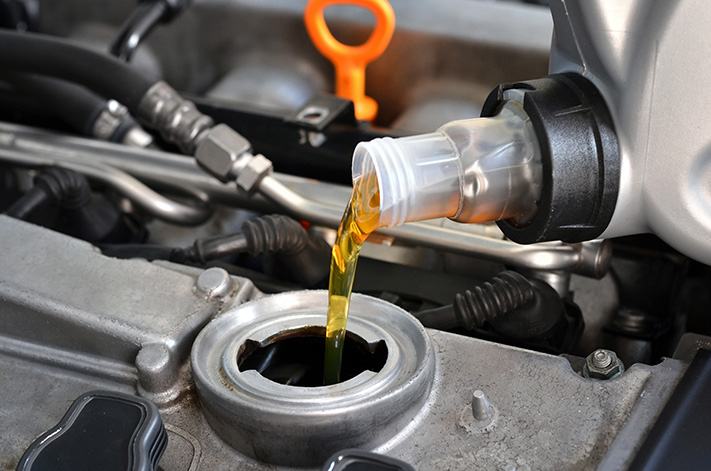
The motor oil in your car has a critical role to perform and just seconds without the lifeblood of the engine will spell disaster, so checking the level and condition should be at the top of your regular check list as well as making sure you are using the correct grade.
A DIY oil and filter change or a simple top up is a good way to avoid a trip to the mechanic and will save you money, but what is the correct oil for your car and what do all the brands and numbers mean?
Engine oil may not be the most glamorous automotive ingredient but it is an unsung hero and must cope with punishing temperatures from a stone-cold start in the dead of winter to heavy load driving in the height of summer. That’s a potential temperature range of below zero to in excess of 100 degrees and this is where the numbers come in.
The number on the bottle is the oil’s Society of Automotive Engineers (SAE) standard viscosity rating or ‘weight’. Very simply, the higher the number, the thicker the oil, but you will notice that a majority (if not all) options at your local store have two numbers and a letter, so what’s that about?

These oils are multigrade oils and were developed using a viscosity index improver (VII) that allows the oil to function correctly over a wider temperature range and have removed the need to change your oil according to the season.
A ‘W’ after the first number stands for winter and represents the oil’s performance in cold conditions, the second number is the performance at operating temperature, but while the two figures are on the same SAE 11-grade scale, 10W is not the same viscosity as 10.
| Synthetic motor oil versus mineral oil
The numbers are decided in SAE J300 testing which measures how long the oil takes to flow through a standard orifice at the test temperatures, thereby indicating its ‘weight’ and placing it on a scale with all manufacturers and products.
So which is the correct oil? It depends on a number of factors.
Older engines prefer a higher viscosity oil to fill larger clearances, which typically get larger with age and wear, while modern engines have finer tolerances that favour thinner oils.
New engines and particularly high-performance applications can produce higher operating temperatures both overall and localised, which requires an oil grade that can remain stable under more extreme conditions.
The good news is that your car manufacturer has done the hard work for you and knows the best oil for your model and this advice is best.
In most circumstances it is okay to use a different brand of oil if a car maker is suggesting a particular product as long as it has the correct recommended grade, but for the very newest engines, it is safest to stick with the specific brand and product line.
All oils are not equal and the various brands formulate different blends of VIIs and other additives, often for specific applications, so make sure you top up with the correct drop and your motor will thank you with a long life and optimum fuel economy.




